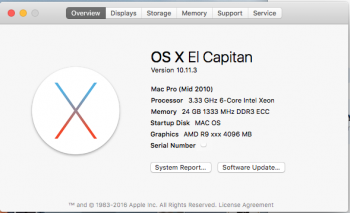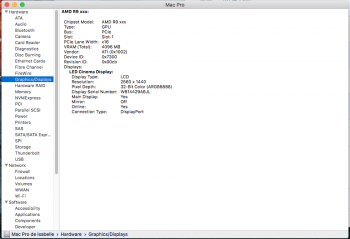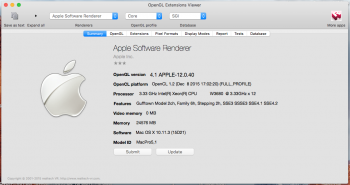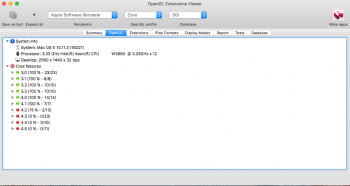Nope it isn't. Asynchronous Compute is all about context switching between graphics and compute. In Nvidia cards, the commands are dispatched in order, so they cannot refresh the pipeline, because there is only one Asynchronous Compute Engine. Thats why the pipeline stalls when it goes from Graphics to Compute and graphics again. Because GCN cards have 8 ACE's or 4 ACE's and 2 HWS you can dispatch the orders accordingly and the pipeline can be more... utilized. The pipeline is not stalled because of the context switching in AMD GPUs. It is some form of Out-of-Order execution of the pipeline.
Nothing, no matter what will Nvidia do will change the fact that there is only one ACE, and is incapable of doing at the same time Graphics and Compute. Thats where you will get stalled. Well, planned obsolescence to be precise.
What is worse for Nvidia, they cannot do anything to optimize it, because the API talks to the GPU, and the GPU only has API driver, not specific drivers for games, which is the case of DirectX11 games - there is no room to optimize in Driver. Every optimization of the hardware performance is done by the developers, they have to add specific code to the application which is exact case of Ashes of Singularity benchmark and Nvidia GPUs.
Look at this:
http://arstechnica.co.uk/gaming/201...-win-for-amd-and-disappointment-for-nvidia/1/ R9 290X ties GTx 980 Ti. But look at 4K results and Nvidia hardware and the results with 4 and 6 cores. To get more power you will need higher CPU core count in higher resolutions. That is exactly the emanation of the lack of context switching - the CPU has much more work to do.
Its pretty ironic. Low-Level APIs came to life to reduce the amount the CPU has to work. With Nvidia hardware its not the case, with the inability to switch contexts. Table has turned around. DX11 - that was where AMD GPUs were bottlenecked by CPU, and not utilizing the whole GPU in parallel way. Nvidia Maxwell power came from optimized drivers. Direct12 - Nvidia struggles in parallel environment, where GCN starts to spread its wings. It will be much worse, when developers will go more into compute complexity in their games and applications. Im really curious to see the effects, but from everything we know so far: the gap between AMD and Nvidia will start to get bigger. In plus for AMD, in minus for Nvidia.





